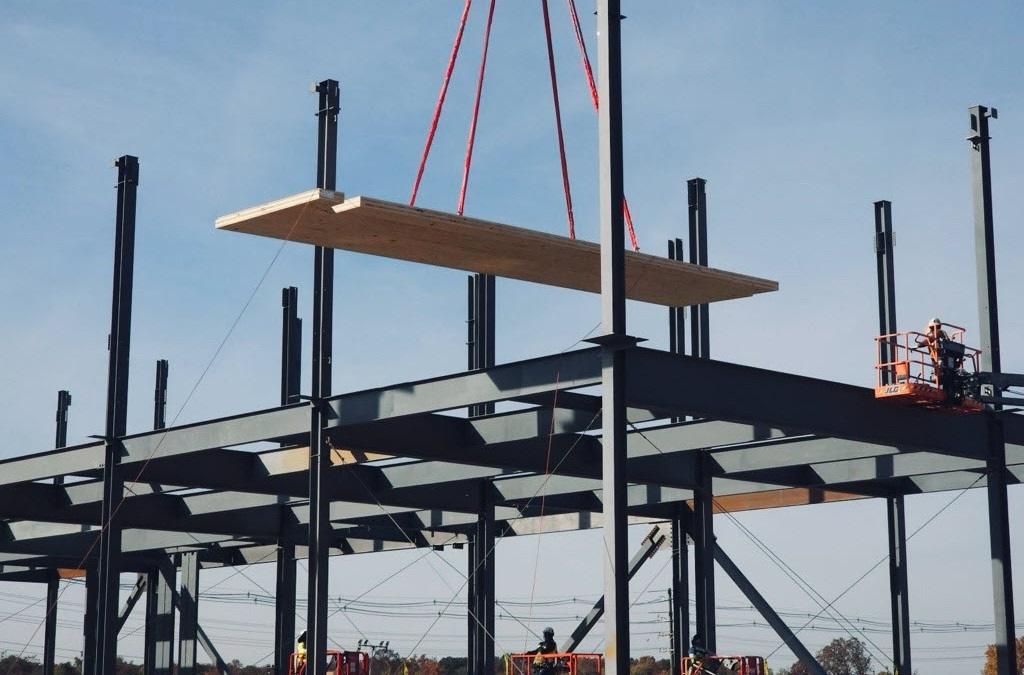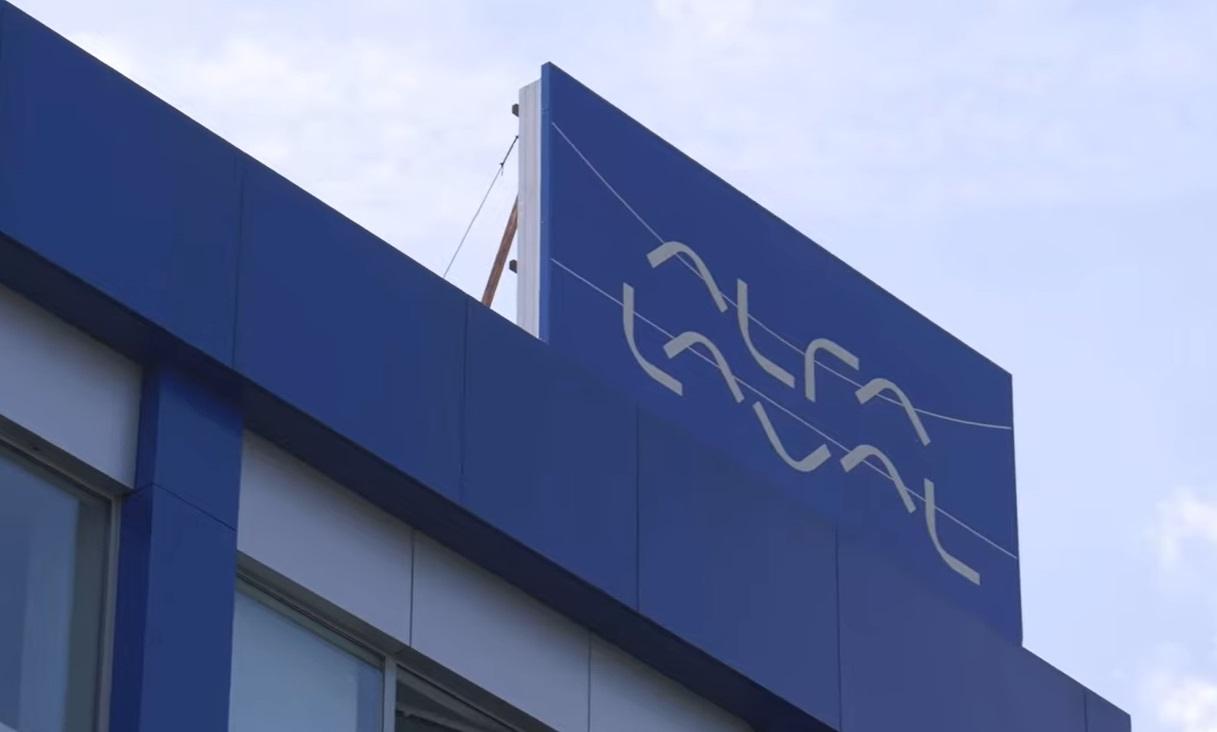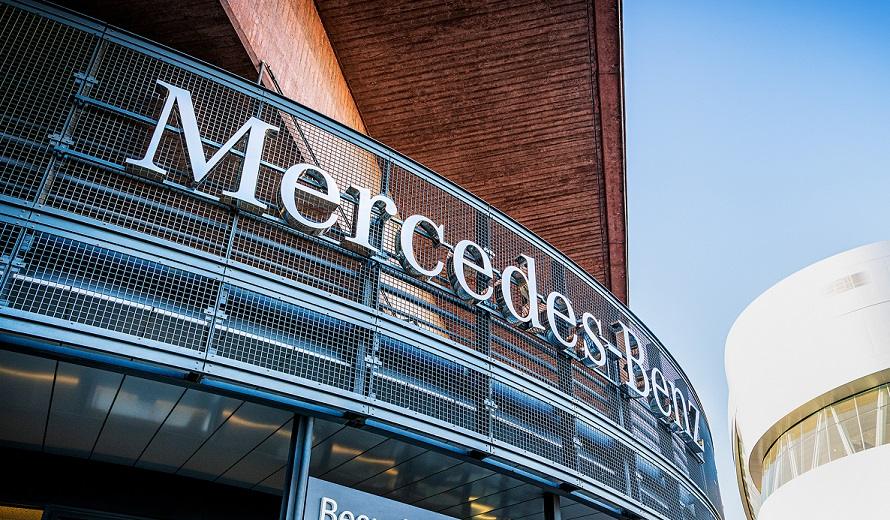Microsoft Replacing Steel, Concrete in New Datacenters with Wood to Cut Carbon Emissions
Microsoft revealed a series of initiatives aimed at reducing the embodied carbon footprint of its datacenters, including pioneering the use of wood in construction to replace steel and concrete.
The new initiatives come as Microsoft looks to address the growing emissions impact of its rapidly expanding datacenter footprints. While Microsoft has set 2030 goals to become carbon negative and to reduce Scope 3 emissions by more than half compared to 2020, the company recently reported that Scope 3 emissions in 2023 were actually more than 30% higher than in 2020, driven by the construction of datacenters, including embodied carbon in building materials as well as hardware components.
Construction materials such as steel and concrete are among the most significant sources of greenhouse gas (GHG) emissions, with steel manufacturing and cement production accounting for approximately 7% and 8%, respectively, of global carbon emissions, according to the World Economic Forum (WEF).
Among the key initiatives announced by Microsoft is the use of cross-laminated timber (CLT), a lightweight, superstrong and fire-resistant prefabricated wood material in two new datacenters under construction in northern Virginia, that will enable reductions in the use of steel and concrete.
CLT is produced by gluing together multiple layers of timber stacked in alternate directions, which is then pressed into a solid panel. Typically made of spruce, pine or Douglas fir, CLT is stronger, lighter and more stable than ordinary wood, and the material performs better than steel at high temperatures by developing a layer of char that provides insulation and maintains the integrity of the structure.
In the new datacenters, CLT will be used to displace a portion of the thick concrete typically used for flooring and ceilings, resulting in a much lighter building requiring much less steel.
According to Microsoft, the use of CLT in the new datacenters is estimated to reduce embodied carbon for the facilities by 35% compared to conventional steel construction, and by 65% compared to typical precast concrete.
Jim Hanna, who leads sustainability for Microsoft’s datacenter engineering team, said:
“We have to be system thinkers across the entire value chain of these materials that go into our datacenters and the equipment that supplies our datacenters.”
Additional initiatives the company said it is taking to reduce the embodied carbon footprint of its datacenters include updating contract language to include low-carbon requirements for materials and equipment used in datacenter construction, and investments in low-carbon building materials technologies and developers, such as Stegra (formerly H2 Green Steel), Boston Metal, CarbonCure, and Prometheus Materials through the Microsoft Climate Innovation Fund.
Brandon Middaugh, who manages the Climate Innovation Fund program and strategy, said:
“Part of the solution is (figuring out) how do you make sure that our suppliers have the enabling technologies they need to develop the green solution.”
Image source: Microsoft





